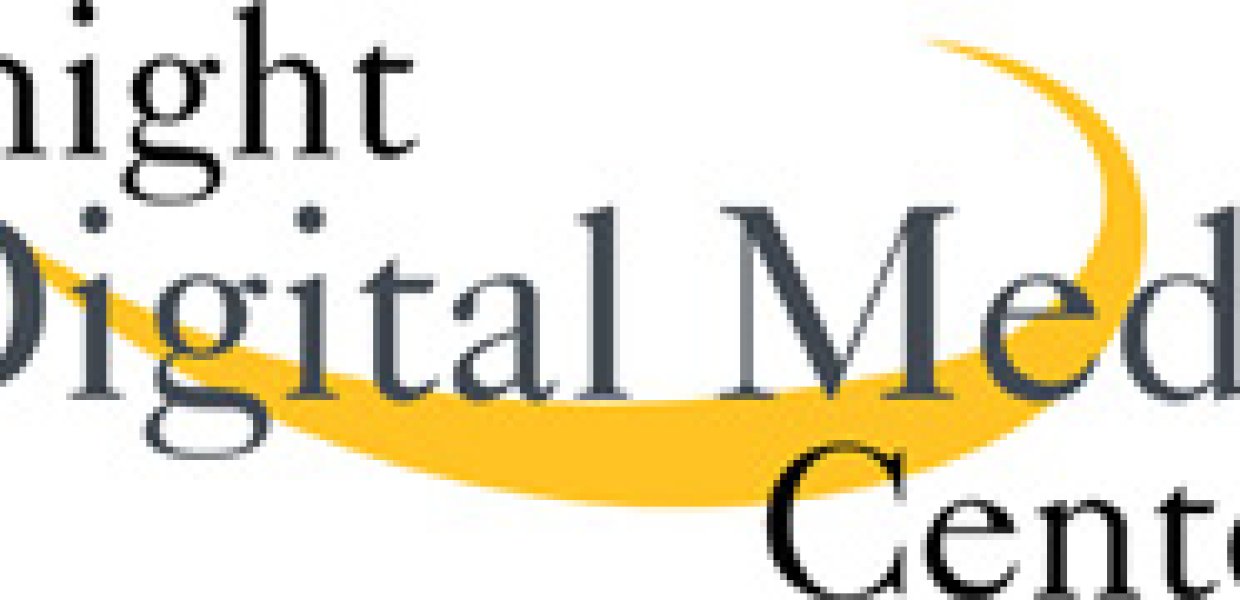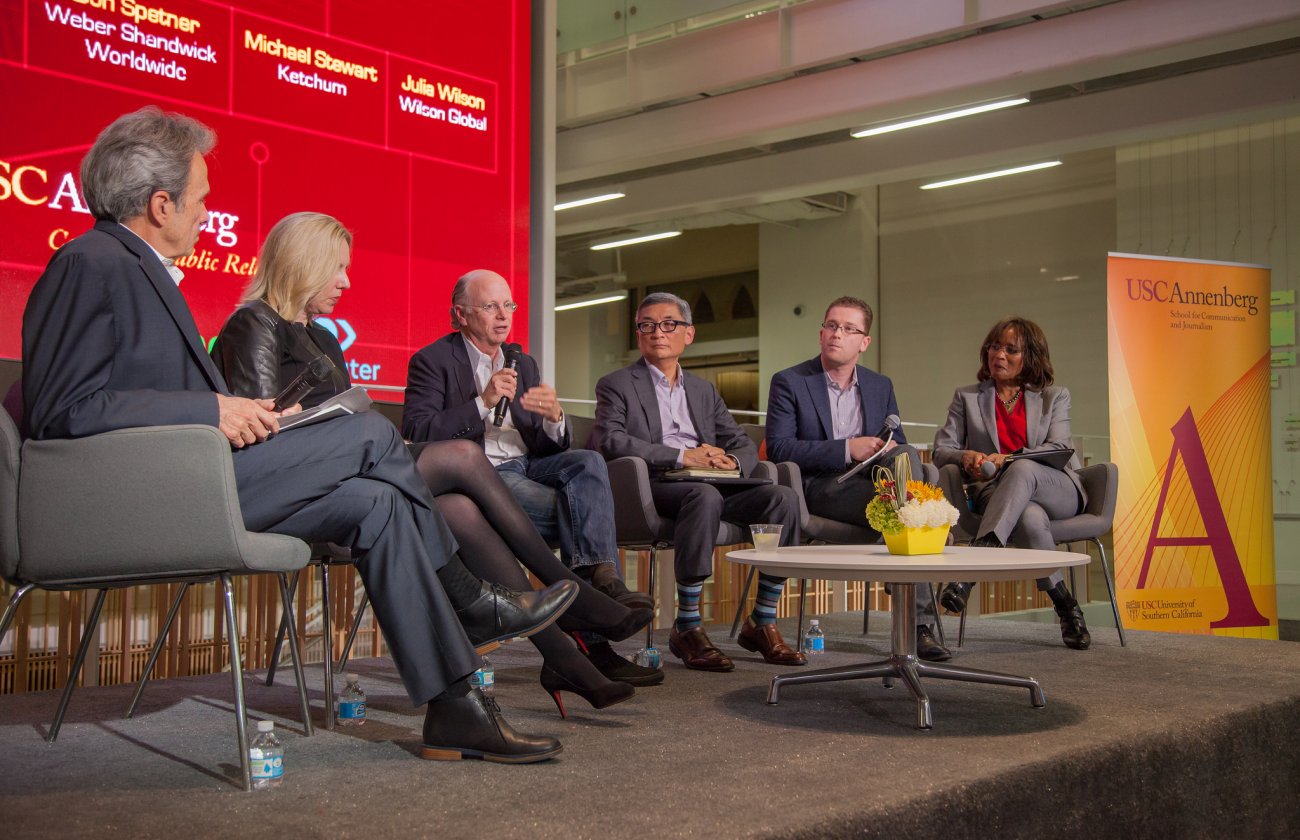 By Michele McLellan Knight Digital Media Center Since 2007, Knight-McCormick leadership programs at KDMC have given me a front row seat at the transformation of news leadership to meet the demands of the digital age. The more than 100 news leaders who have participated in the programs faced a dizzying array of choices about how to best shape a digital strategy, how to navigate tricky organizational sandpits as they implement it, and how to adjust and reset their tactics each time a new innovation or a new cutback hits. In the face of these challenges, news leaders bring to the task remarkable energy, creativity and determination, born of their passion for news. In the process, the more effective ones have developed new skills and practices - some of them hard skills like understanding digital tools and metrics; others soft skills like knowing when to step up and when to pull back. Based on dozens of conversations and interviews, the report, "New practices shape transformative news leadership in the digital age," highlights key practices:
By Michele McLellan Knight Digital Media Center Since 2007, Knight-McCormick leadership programs at KDMC have given me a front row seat at the transformation of news leadership to meet the demands of the digital age. The more than 100 news leaders who have participated in the programs faced a dizzying array of choices about how to best shape a digital strategy, how to navigate tricky organizational sandpits as they implement it, and how to adjust and reset their tactics each time a new innovation or a new cutback hits. In the face of these challenges, news leaders bring to the task remarkable energy, creativity and determination, born of their passion for news. In the process, the more effective ones have developed new skills and practices - some of them hard skills like understanding digital tools and metrics; others soft skills like knowing when to step up and when to pull back. Based on dozens of conversations and interviews, the report, "New practices shape transformative news leadership in the digital age," highlights key practices:
- Focus the mission - “The toughest choices are about resources today, and you have to pick the things that go to your core mission. Part of the answer is as much what you don’t do as what you do.” - Sherry Chisenhall, The Wichita Eagle
- Adapt the structure - “You have to first think about your goals: What are you trying to achieve? Then you start talking about roles, then procedure and processes.” - Julia D. Wallace, Cox Media Group Ohio
- Overcommunicate - “Your message begins to resonate more clearly when you have training. You begin to get feedback from staff that they’re confused, so you work to explain it and the staff ultimately gets it.” - Carlos Sanchez, formerly Waco Tribune-Herald
- Get comfortable with not having all the answers - “To be at the front of a room and not have an answer is difficult. ‘I don’t know, but we’ll figure it out together’ is an acceptable answer. It took me awhile to figure that out.” - Jon Cooper, Digital First Media and Journal Register Co.
- Be a catalyst - “I had to figure out a way to get everyone to think about it ... This stuff isn’t just something nerdy people do in some corner.” - Melanie Sill, formerly The Sacramento Bee
- Get out of the way - “You have to have leaders who understand that they don’t understand the new world and be willing to hire people who are steeped in the new world, and they need to then trust them to lead.” - Michael Skoler, Public Radio International
- Use the tools - “Using an iPad, using an iPhone, using apps, location-based tools, mapping, etc., if you’re not using these things, you can’t understand the readers’ expectations.” - Carolyn Washburn, The Cincinnati Enquirer
- Own the numbers - “We did extensive audience research where we tried to really drill down on our audience. Understanding what their interests are is important.” - John Yemma, Christian Science Monitor
- Make time for the future - “Now it’s much more about staying on task for this five-year plan in order to enable the organization to continue producing superior content and also earn revenue around those efforts.” - Nicole Hollway, St. Louis Beacon
The experiences of the KDMC leadership fellows bring into view key practices of leaders who are negotiating the challenging transition from the traditional news organization - with all of its baggage - to the new news organization - with all of its unknowns. Their experiences also point to the crucial importance of support from above for news leaders who are managing change initiatives. Beset by the demands of an ever-changing digital landscape, news leaders also have had to contend with fear of change and bureaucracy within their organizations. Alarmingly, a number of KDMC leadership fellows returned to their newsrooms to see the crush of downsizing delay or kill their change initiatives. Or they had to deal with bosses who said they wanted change but were unwilling to push aside traditions or barriers so that change initiatives could go forward. Many of the harsh realities news leaders face cannot be changed. Revenue and resource reductions are likely to persist. Changes in technology and public use of media will outpace all but the most dynamic organizations. Leaders will simply burn out. But it is equally clear that their organizations - new ones as well as the established ones - can do more to create more space for the creativity and passion these leaders bring to the task of providing communities with the news and information they need. Organizations that do not create space for these vital leaders have much to lose. They will just fall farther and farther behind as the public moves to digital and social platforms. It’s also evident that if news organizations don’t do more, dynamic, creative leaders are willing to find other organizations that will value their hard-won digital expertise.









